 1996 Hyundai Elantra II Dimensions, Size & Specs
1996 Hyundai Elantra II Dimensions, Size & SpecsMeasurements of the 1996 Hyundai Elantra II, engineered for optimal performance and comfort
| Dimensions | |
|---|---|
| Length: | 4420 mm174.0 in14.5 ft |
| Width: | 1700 mm66.9 in5.6 ft |
| Height: | 1393 mm54.8 in4.6 ft |
| Trunk Capacity: | 390-393 liter13.8-13.9 cu ft |
| Weight Specifications | |
| Curb Weight: | 1232-1280 kg2716-2822 lbs |
| Maximal permitted Weight: | 1685 kg3715 lbs |
| Tire Specifications | |
| Rims Size: |
|
| Tire Sizes: |
|
The Hyundai Elantra II, produced from 1995 to 2000 and represented by the 1996 model year sedan, is a compact and efficiently sized vehicle designed for urban and suburban driving needs. Measuring 4420 mm (174.0 inches) in length, 1700 mm (66.9 inches) in width, and standing 1393 mm (54.8 inches) tall, this generation of the Elantra offers a balanced footprint that fits well within the compact sedan segment. With a curb weight ranging between 1232 kg to 1280 kg (2716 to 2822 lbs), it provides a solid yet manageable mass for improved handling and fuel efficiency. The maximum permissible weight of the vehicle is 1685 kg (3716 lbs), allowing for safe loading and passenger capacity. Inside, the trunk offers a luggage capacity of 390 to 393 liters (13.8 to 13.9 cubic feet), accommodating everyday cargo needs with ease. The Elantra II rides on 14-inch rims fitted with tires available in sizes 175/65 R14, 195/60 R14, or 195/65 R14, emphasizing ride comfort and road grip. Overall, the Hyundai Elantra II sedan from the late 1990s combines practical dimensions and usability, making it a reliable choice for those seeking a compact car with sufficient space and manageable size. This generation maintains Hyundai’s reputation for building affordable, easy-to-drive sedans that remain competitive in their class.
Discover the standout features that make the 1996 Hyundai Elantra II a leader in its class
Have a question? Please check our knowledgebase first.
The Hyundai Elantra II, produced between 1995 and 2000, measures 4420 mm (174 inches) in length, 1700 mm (67 inches) in width, and has a height of 1393 mm (55 inches). These dimensions reflect a typical compact sedan size from the mid-1990s, offering a balanced footprint that's manageable for urban and suburban driving while providing sufficient interior space. The length of 4.42 meters ensures the vehicle is long enough for comfortable seating and trunk capacity but still compact for daily maneuverability.
The curb weight of the Hyundai Elantra II ranges from 1232 kg to 1280 kg (approximately 2716 to 2822 pounds). The maximum weight, including passengers and cargo, is rated at 1685 kg (around 3716 pounds). This weight class is typical for compact sedans of its era, contributing to its fuel efficiency and stable handling. The relatively moderate curb weight helps the car maintain good acceleration and braking performance, while the maximum weight capacity ensures it can maintain safety and comfort when fully loaded.
The Hyundai Elantra II offers a luggage capacity between 390 and 393 liters (about 13.8 to 13.9 cubic feet). For a compact sedan from the late 90s, this is a respectable trunk size, large enough to accommodate the luggage for a small family or the typical daily cargo such as groceries and bags. Compared to other cars in its class from the same era, the Elantra's trunk space is competitive, providing a practical balance of passenger and cargo space without compromising the vehicle’s size or handling.
The Hyundai Elantra II uses 14-inch rims, compatible with various tire sizes. The standard tire options include 175/65 R14, 195/60 R14, and 195/65 R14. These sizes provide a good balance between ride comfort, traction, and handling agility. The choice of 14-inch rims reflects the car's compact and fuel-efficient focus, making replacement tires generally affordable and widely available.
Yes, the Hyundai Elantra II comfortably fits into a standard home garage. With its length of 4420 mm (174 inches), width of 1700 mm (67 inches), and height of 1393 mm (55 inches), it is compact enough to allow easy parking inside conventional residential garages, which typically have a door width of around 2400 mm (94 inches) and length ranging from 5400 mm to 6000 mm (213 to 236 inches). Its manageable width and height also provide clearance for movement around the vehicle inside the garage.
The Hyundai Elantra II is larger and more refined compared to its predecessor, the first-generation Elantra. The increase in length, width, and height provided more interior space and comfort, making the second generation more competitive in the compact sedan segment. The changes improved cabin roominess and luggage capacity, addressing customer feedback on space constraints. Structurally, it was designed to meet evolving safety standards while still maintaining the compact feel that buyers expected.
In comparison to competitors like the Toyota Corolla and Honda Civic from the mid-to-late 1990s, the Hyundai Elantra II offers comparable exterior dimensions and luggage volume. While slightly narrower than some rivals, it provides a similar length and height balance. The Elantra II's curb weight is in line with these competitors, contributing to comparable fuel economy and performance. Feature-wise, it was competitive offering modern amenities at an affordable price point, making it a practical and value-oriented choice in the compact sedan market.
Though the exact ground clearance is not specified here, the Hyundai Elantra II typically features a moderate ground clearance suitable for urban and suburban roads, usually around 140-160 mm (5.5 to 6.3 inches) typical of compact sedans of its period. This height provides a balance between handling stability and the ability to clear minor bumps or road irregularities. The car handles well on paved roads, delivering a comfortable ride with responsive steering, but is not designed for rough off-road conditions.
The Hyundai Elantra II's curb weight ranges between 1232 kg and 1280 kg (2716 to 2822 lbs), depending on trim levels and optional equipment. Lighter versions tend to be more fuel-efficient and slightly more responsive in acceleration, while heavier ones may include more comfort or safety features, which can provide enhanced ride quality but may reduce fuel efficiency marginally. Overall, the weight range is typical for compact sedans, maintaining a good balance between performance, efficiency, and comfort.
The Hyundai Elantra II, launched in 1995 for model year 1996, brought significant updates over the first-generation Elantra. These included increased exterior dimensions for better interior space and trunk capacity, improved aerodynamics, and a more modern design language. Mechanically, the second generation featured refined suspension and engine options, enhancing ride quality and fuel efficiency. Safety features were also upgraded to meet stricter regulations. Together, these enhancements made the Elantra II a more competitive and appealing compact sedan in its segment.
Discover similar sized cars.

| Production: | 1990-1997 |
|---|---|
| Model Year: | 1990 |
| Length: | 4400-4430 mm173.2-174.4 in |
| Width: | 1700-1715 mm66.9-67.5 in |
| Height: | 1390-1410 mm54.7-55.5 in |
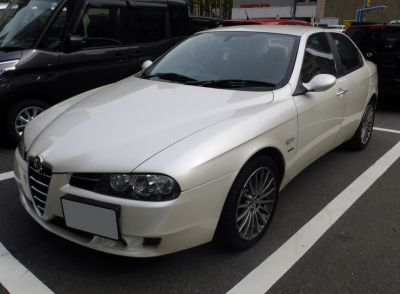
| Production: | 2003-2006 |
|---|---|
| Model Year: | 2003 |
| Length: | 4435 mm174.6 in |
| Width: | 1745 mm68.7 in |
| Height: | 1430 mm56.3 in |

| Production: | 1992-1993 |
|---|---|
| Model Year: | 1992 |
| Length: | 4325 mm170.3 in |
| Width: | 1645 mm64.8 in |
| Height: | 1370 mm53.9 in |
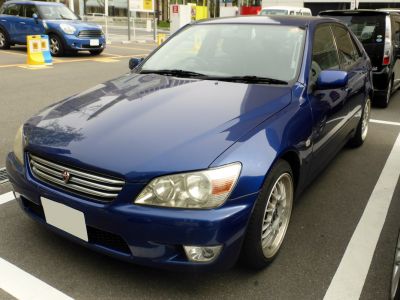
| Production: | 1998-2005 |
|---|---|
| Model Year: | 1998 |
| Length: | 4400 mm173.2 in |
| Width: | 1720 mm67.7 in |
| Height: | 1410 mm55.5 in |
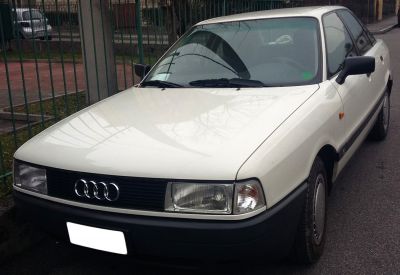
| Production: | 1986-1991 |
|---|---|
| Model Year: | 1986 |
| Length: | 4393 mm173.0 in |
| Width: | 1695 mm66.7 in |
| Height: | 1397 mm55.0 in |
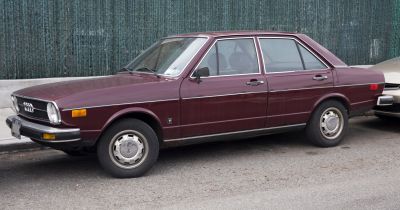
| Production: | 1973-1979 |
|---|---|
| Model Year: | 1973 |
| Length: | 4369 mm172.0 in |
| Width: | 1643 mm64.7 in |
| Height: | 1361 mm53.6 in |

| Production: | 1999-2005 |
|---|---|
| Model Year: | 1999 |
| Length: | 4466 mm175.8 in |
| Width: | 1743 mm68.6 in |
| Height: | 1462 mm57.6 in |
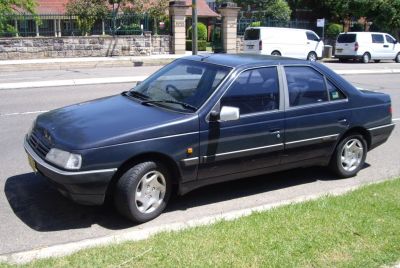
| Production: | 1992-1996 |
|---|---|
| Model Year: | 1992 |
| Length: | 4408 mm173.5 in |
| Width: | 1694-1714 mm66.7-67.5 in |
| Height: | 1390-1406 mm54.7-55.4 in |
